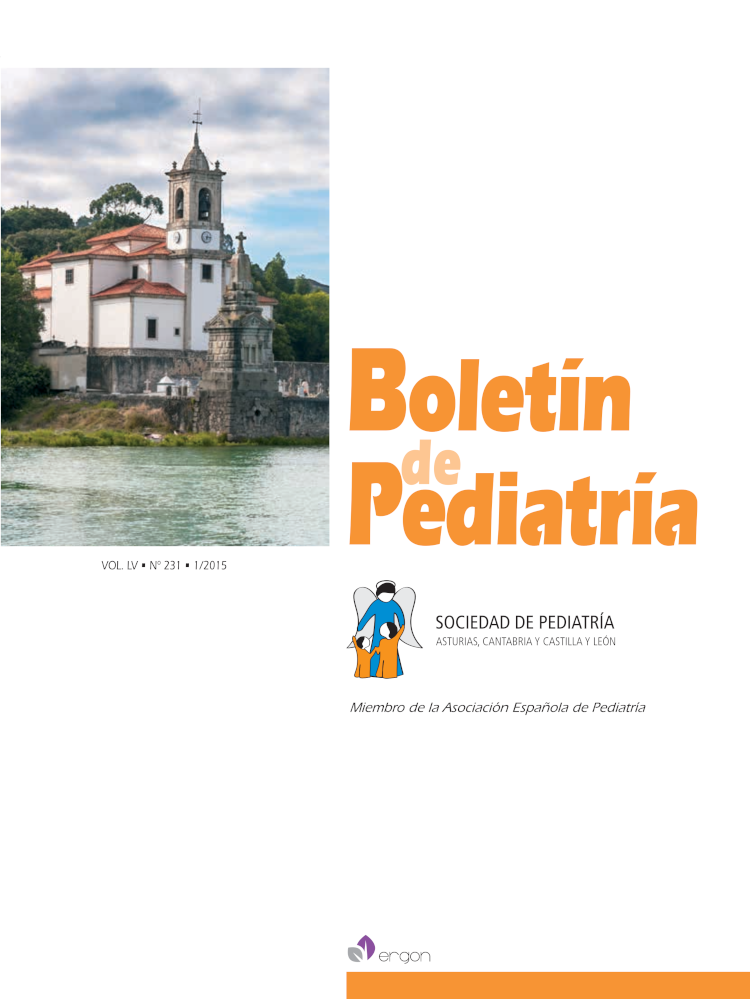Abstract
Objective. To know the changes in the last two decades in clinical presentation, associated malformations, treatment and outcome of esophageal atresia, comparing this current serie with another historical of our own hospital.
Methods. A retrospective descriptive study. Review of medical records of all cases coded as esophageal atresia at discharge from 1/1/2003 to 12/31/2013. Comparison with our historical serie from 1/1/1980 to 12/31/1990, published in 1992.
Results. No statistically significant differences in the incidence of esophageal atresia (2.29 versus 2.61 cases per 10,000 live infants), or the percentage of prematurity (25.9 vs. 45%), or the percentage of cases with pathological intrautero ultrasound (65 vs. 50%), or the percentage of cases with associated malformations (59.2 vs. 68.1%). Found significant differences in percentage of surgery on the first day of life (40.7 vs. 9%), the percentage of nosocomial postsurgical sepsis (44.4 vs. 86%) and mortality (40.7 vs 4.5%).
Conclusions. Esophageal atresia is a condition associated with significant morbidity. In the last twenty years we have not found differences in their presentation, but we had found differences in its evolution, with a significant decrease in mortality.

This work is licensed under a Creative Commons Attribution-NonCommercial 4.0 International License.
Copyright (c) 2015 Boletín de Pediatría
